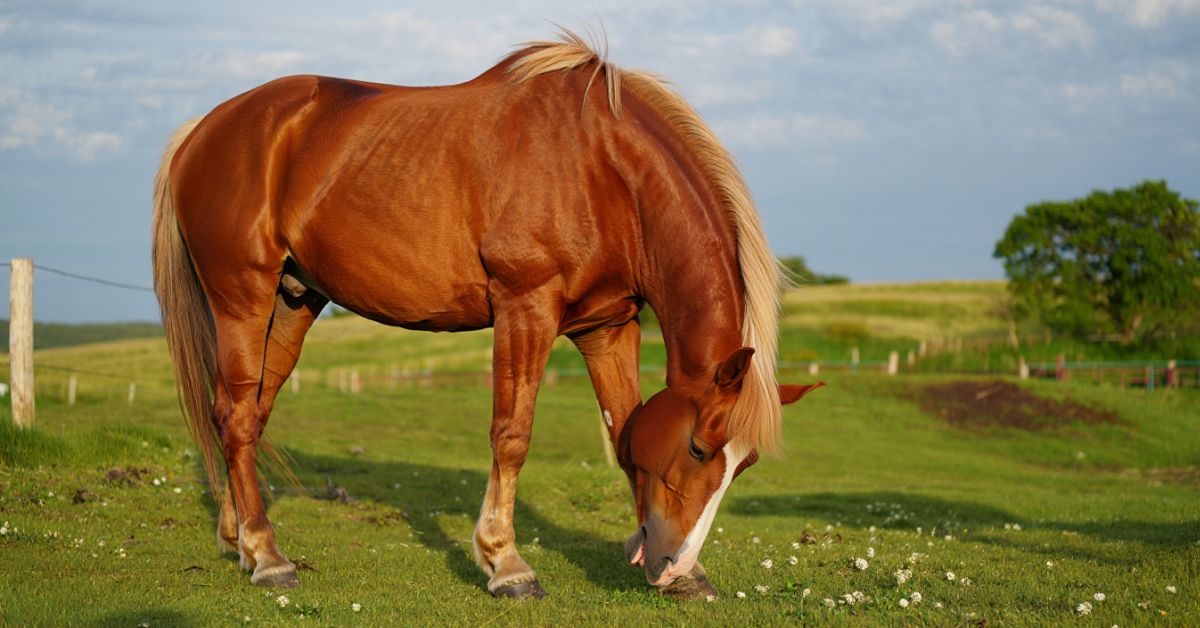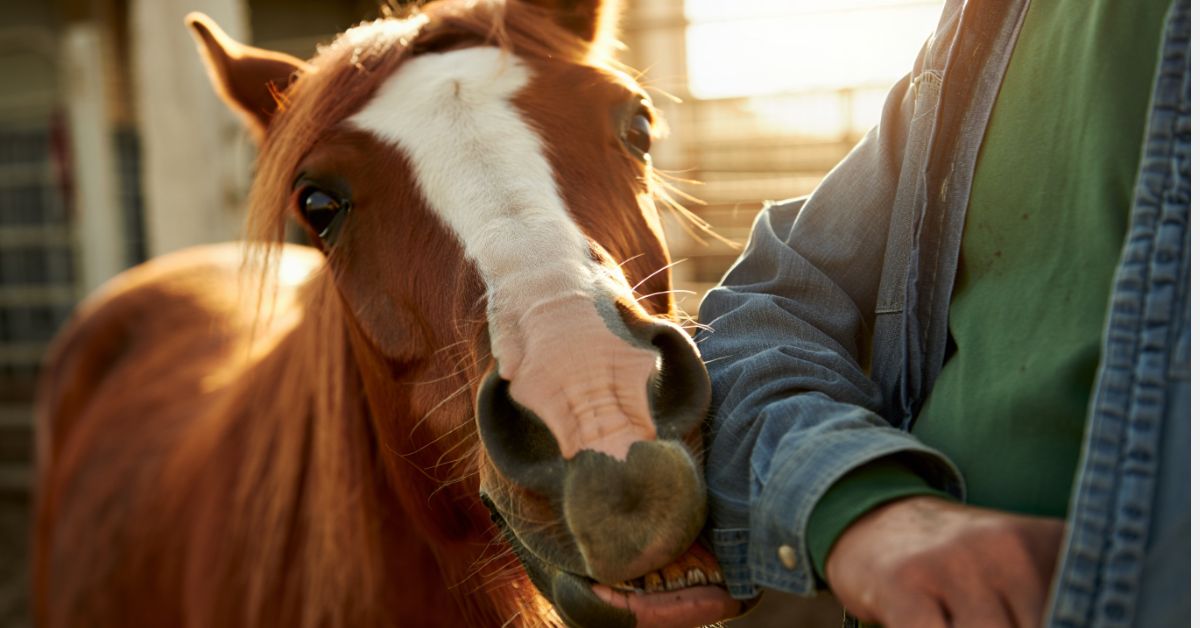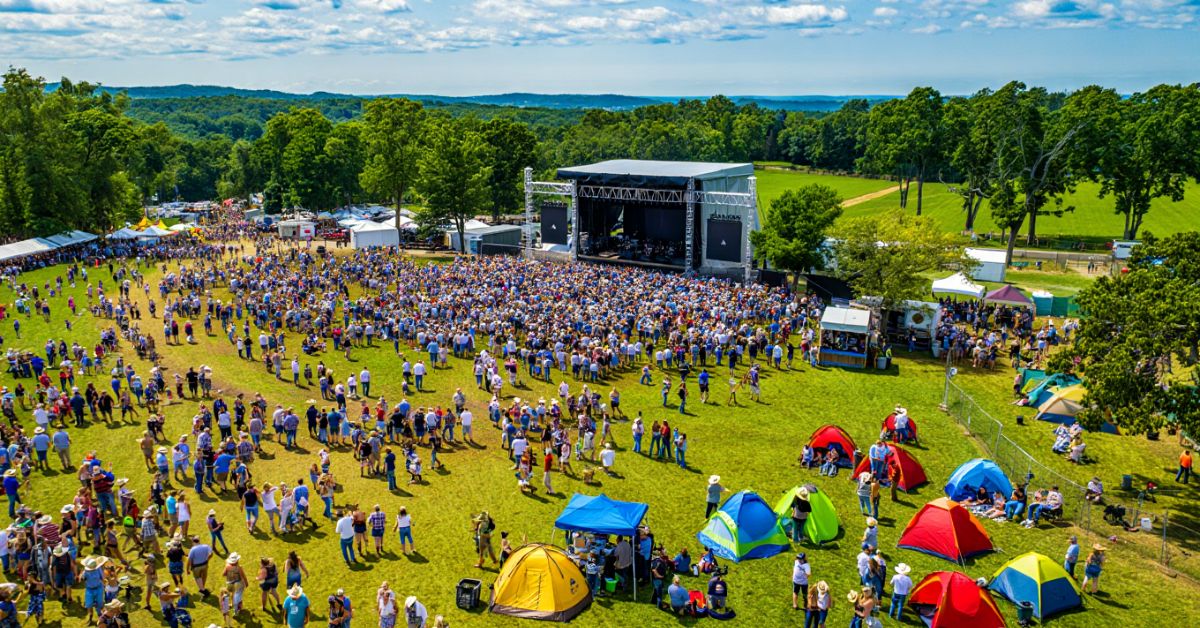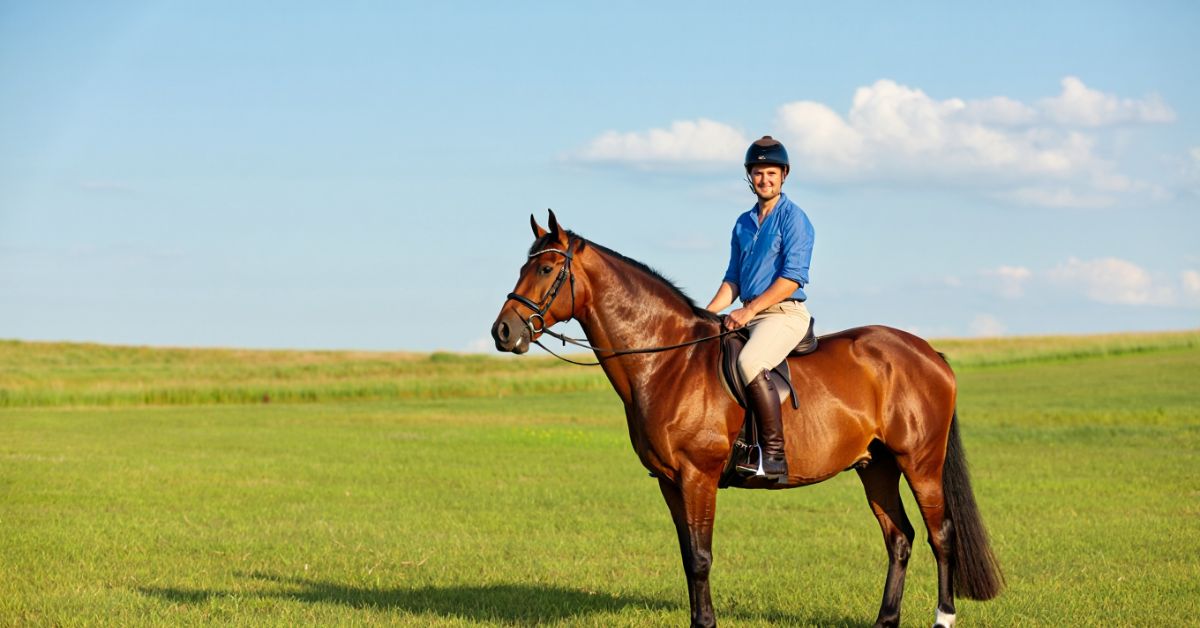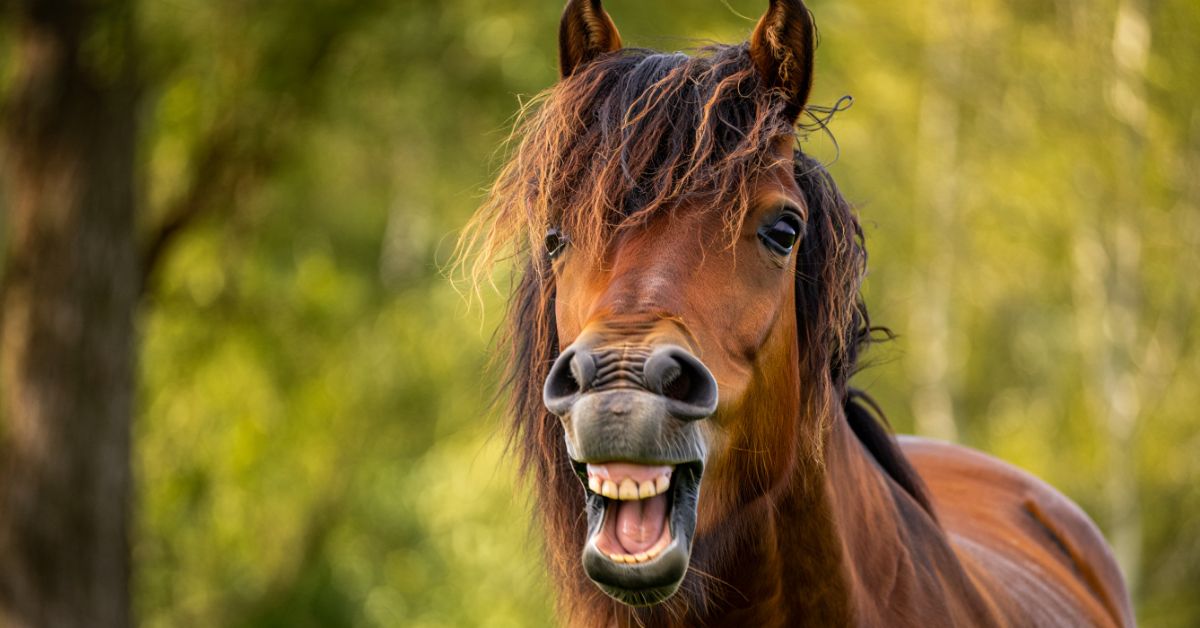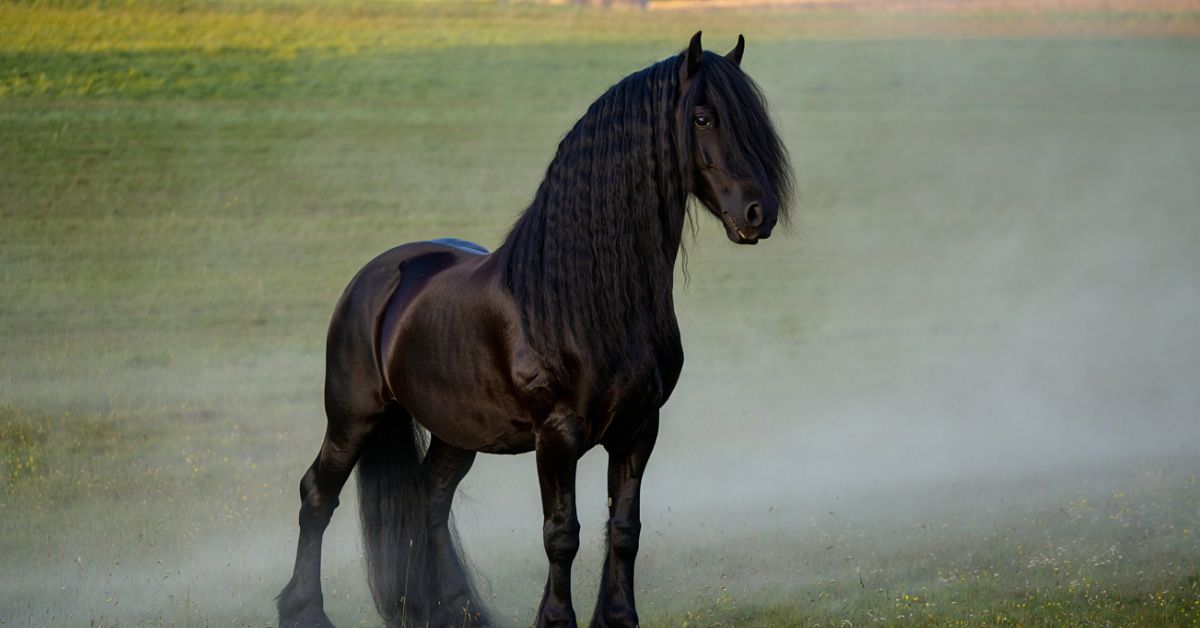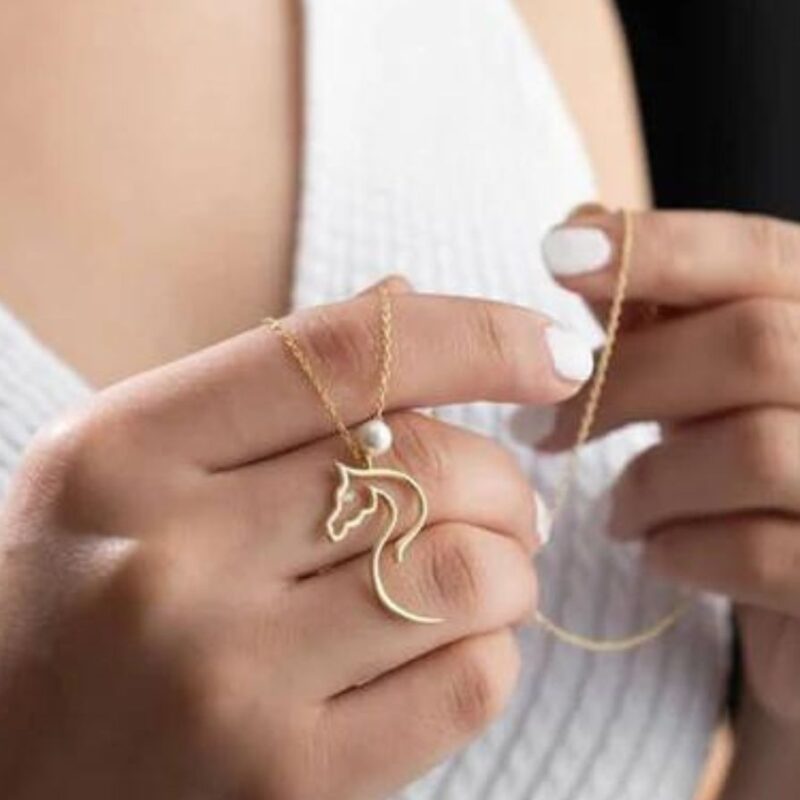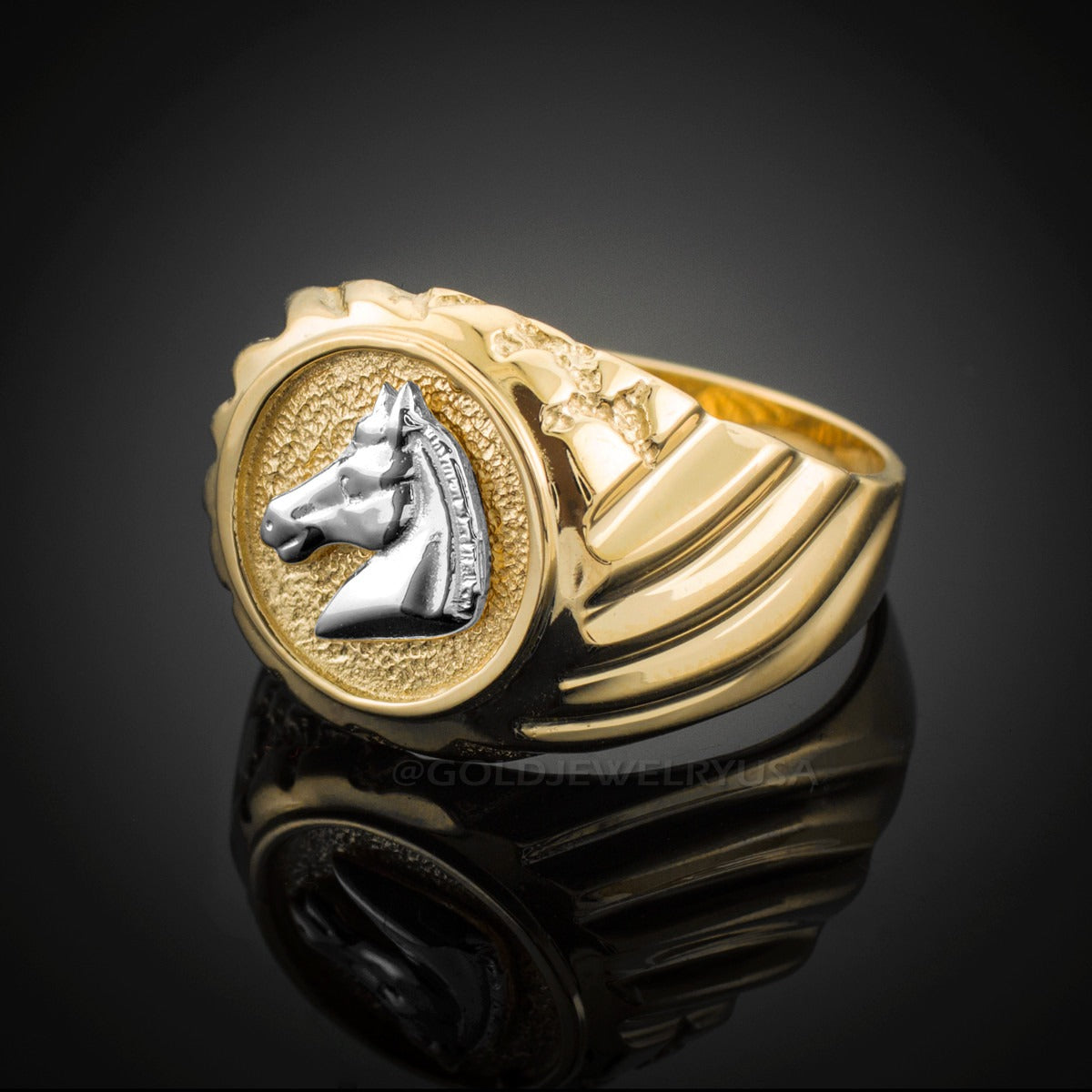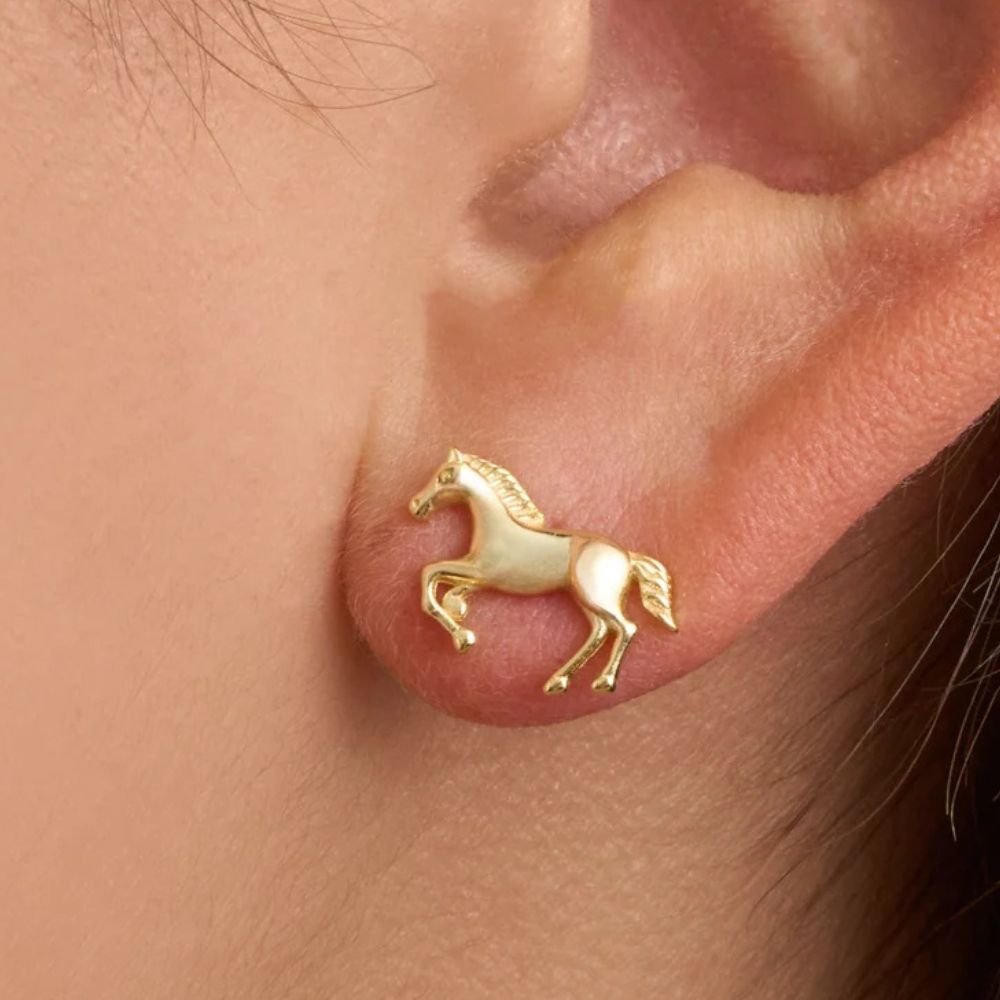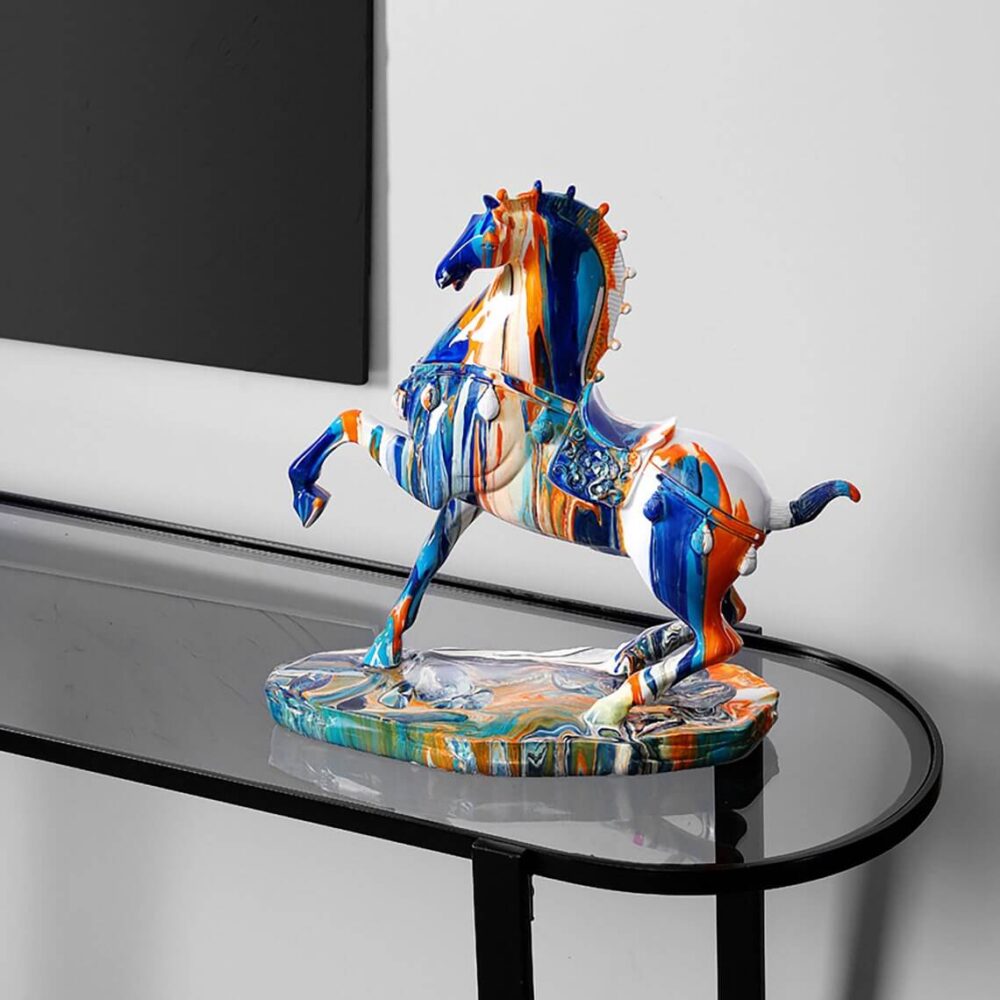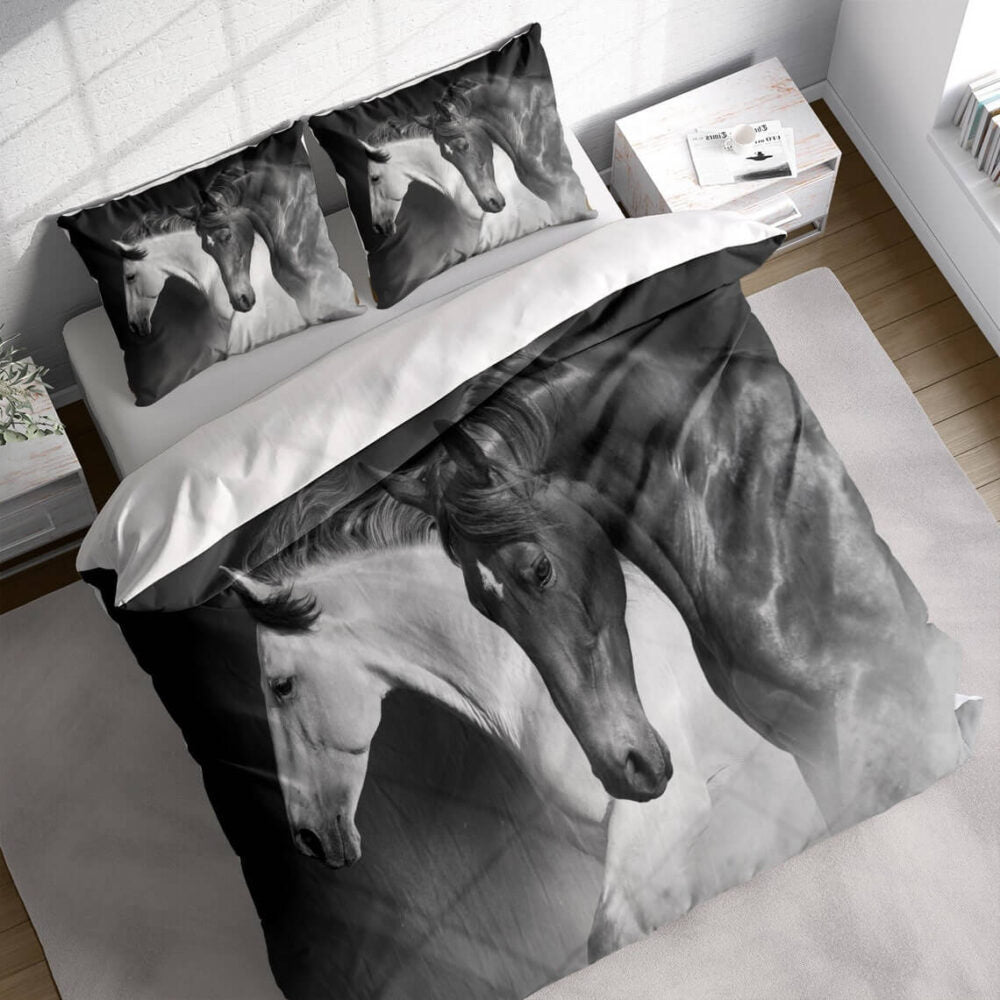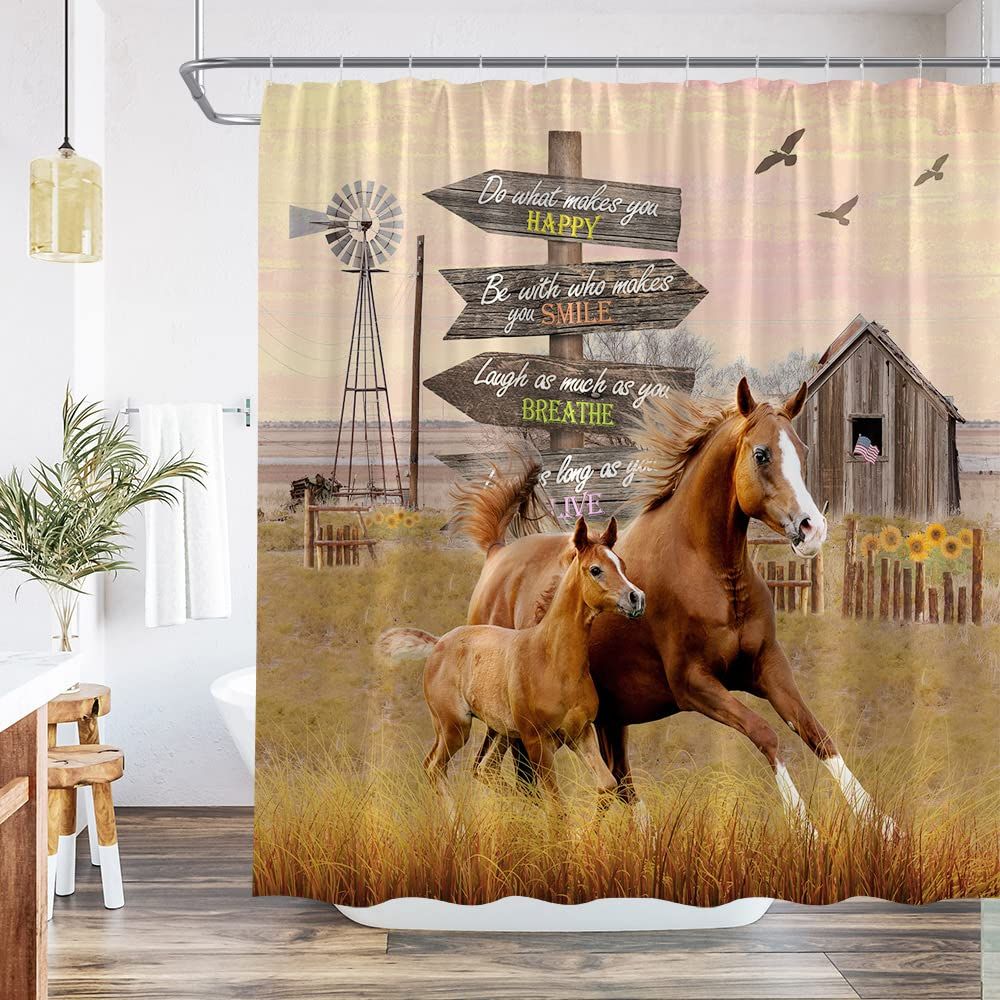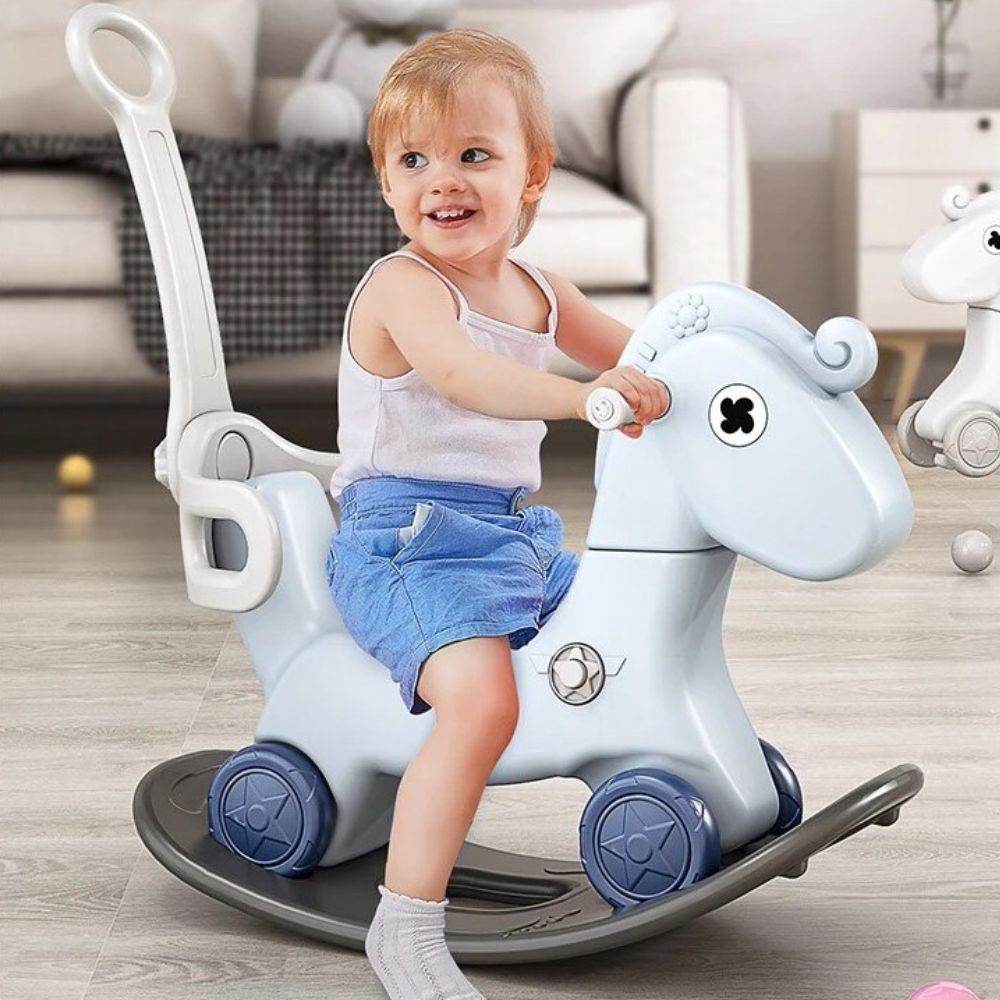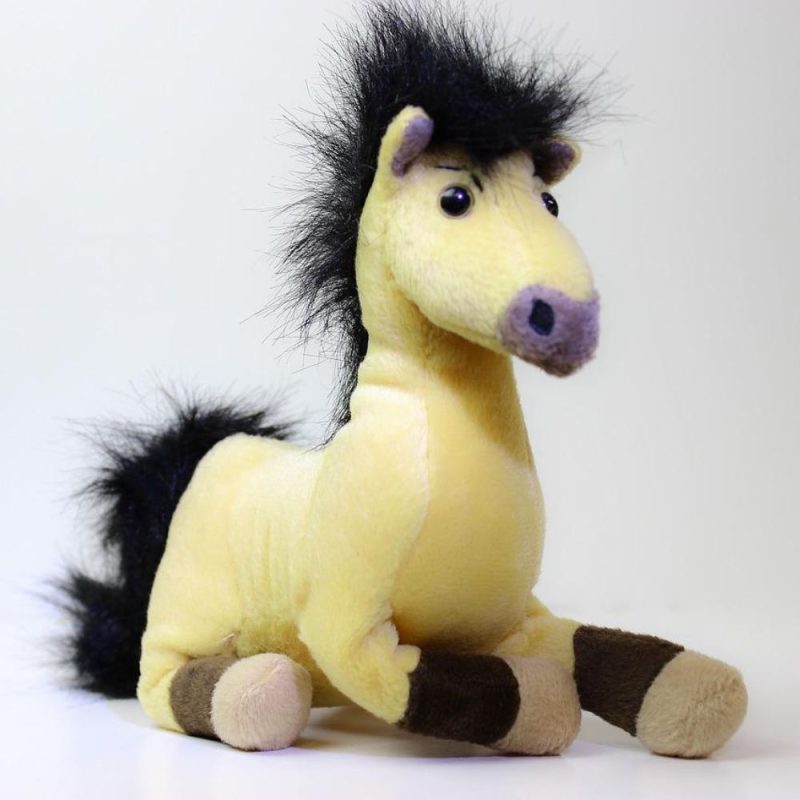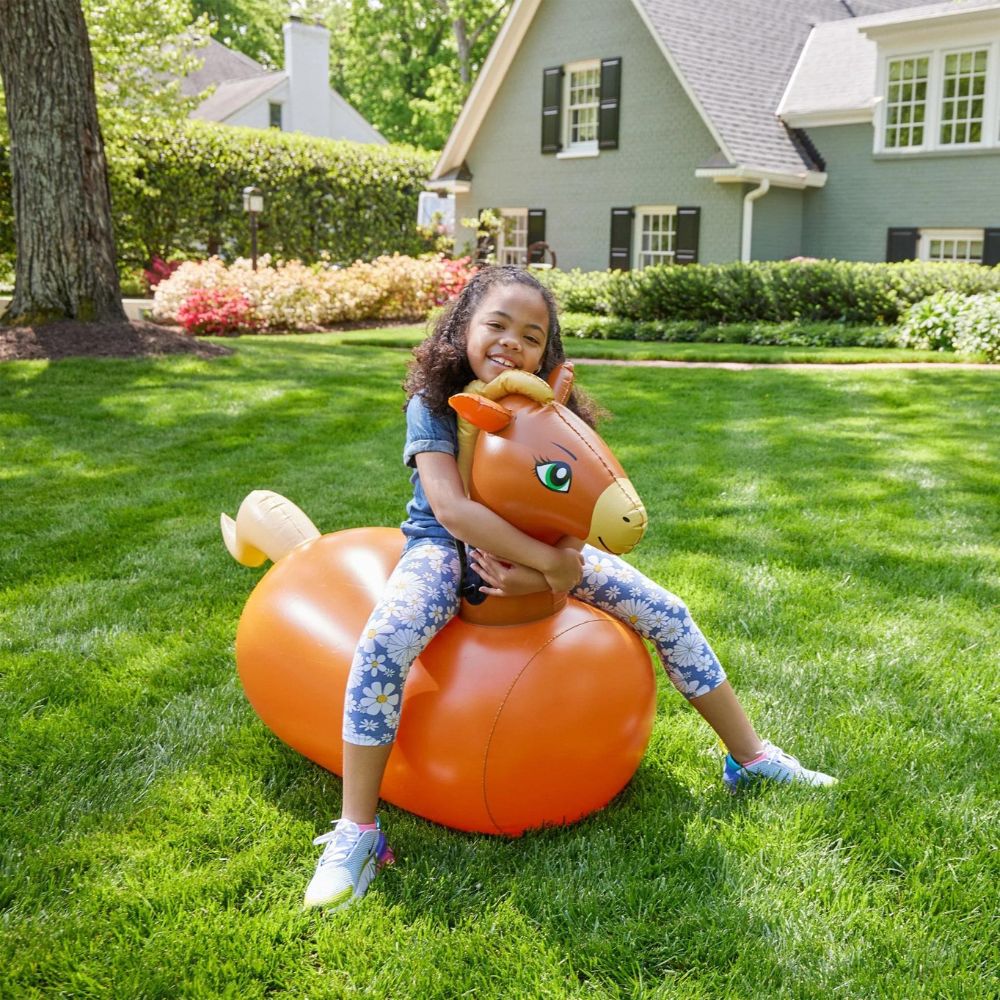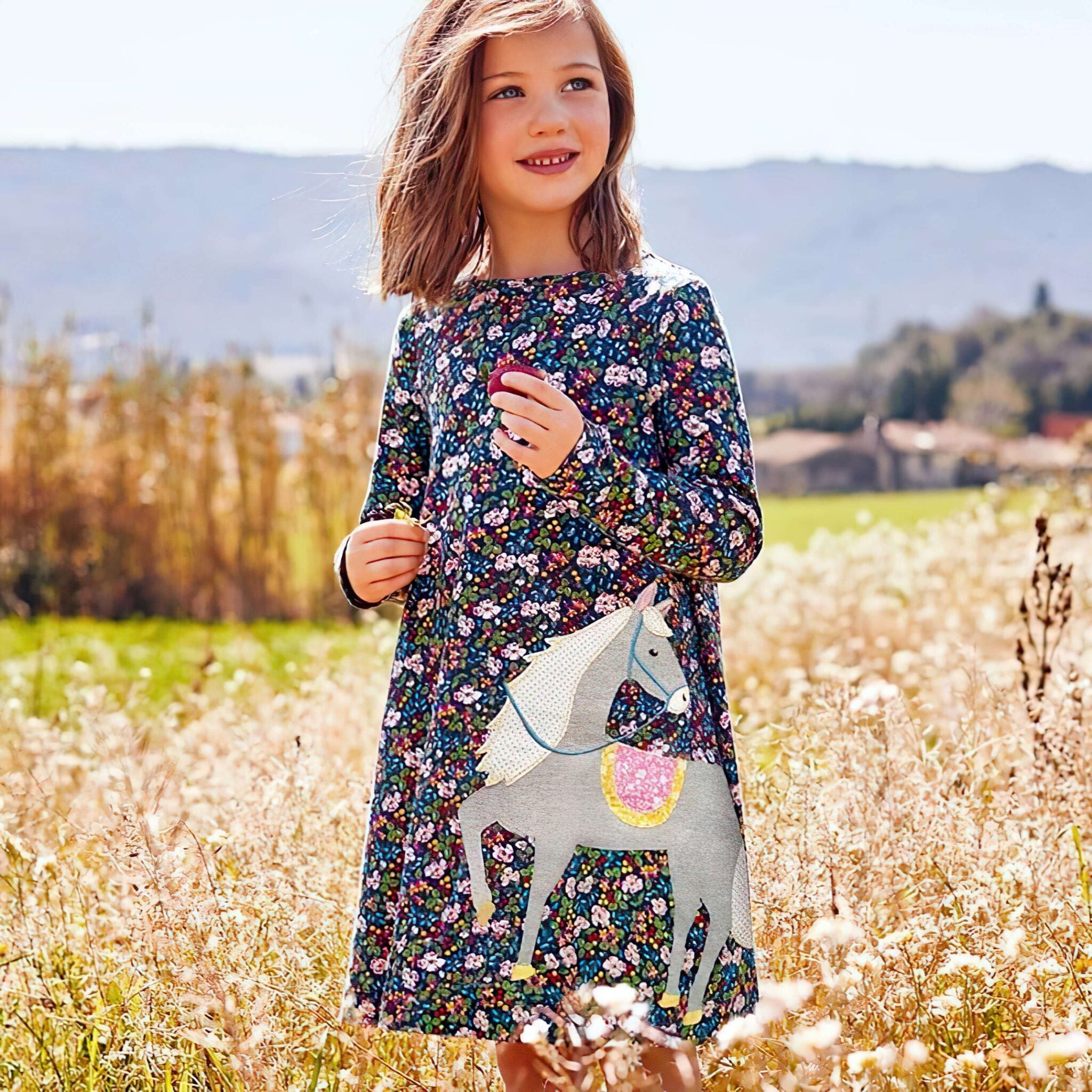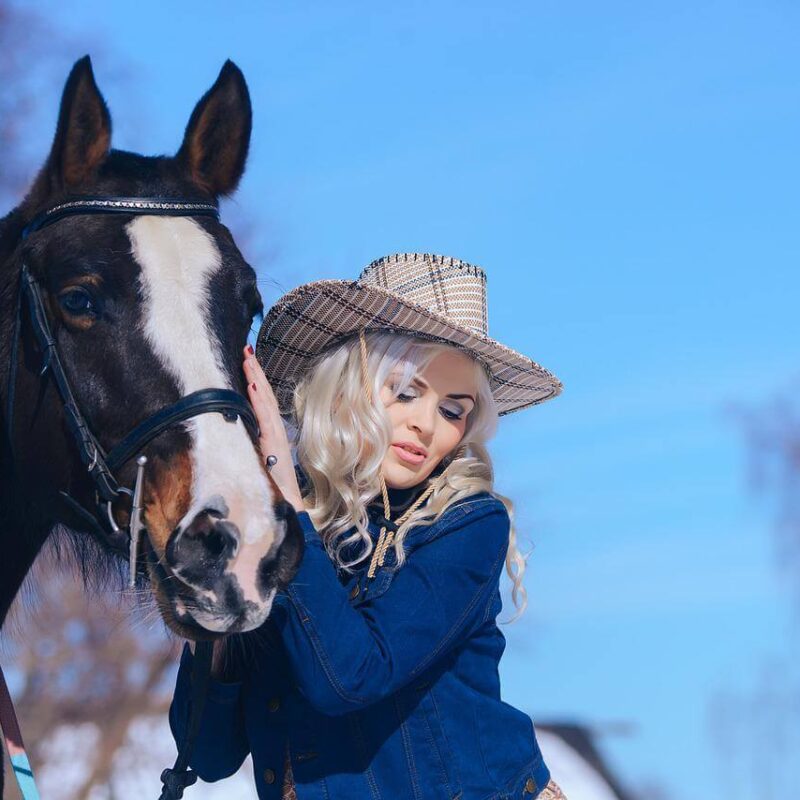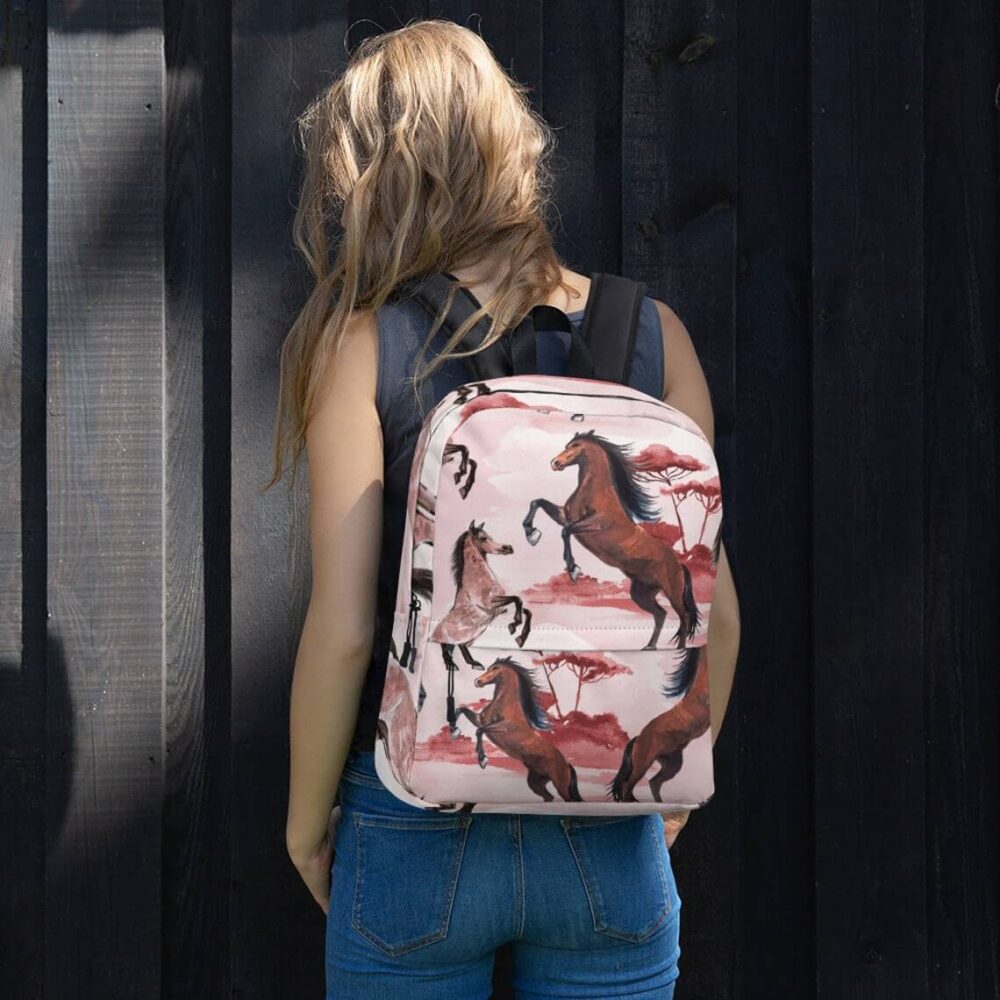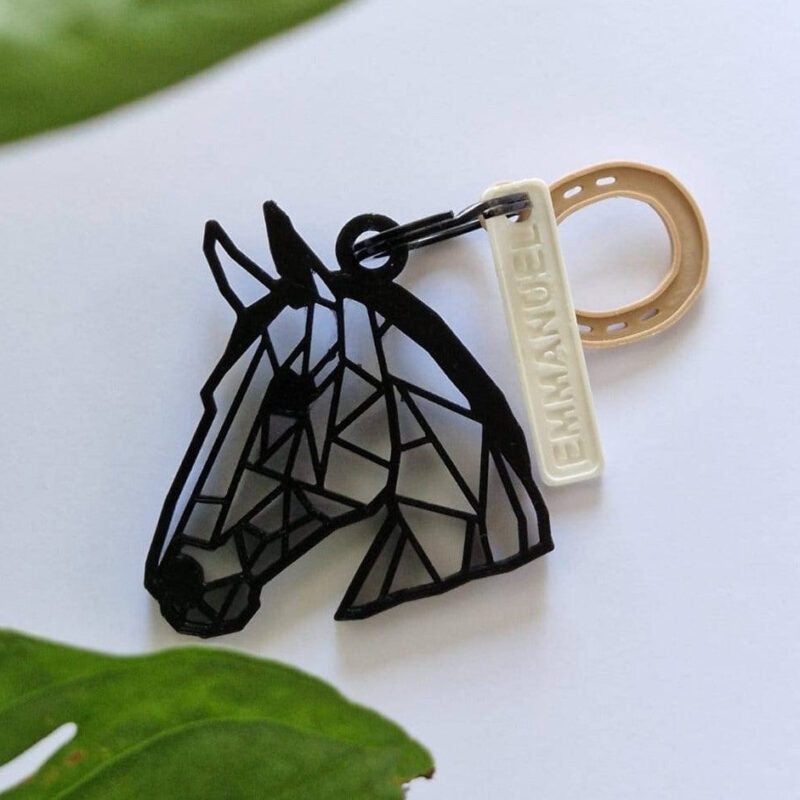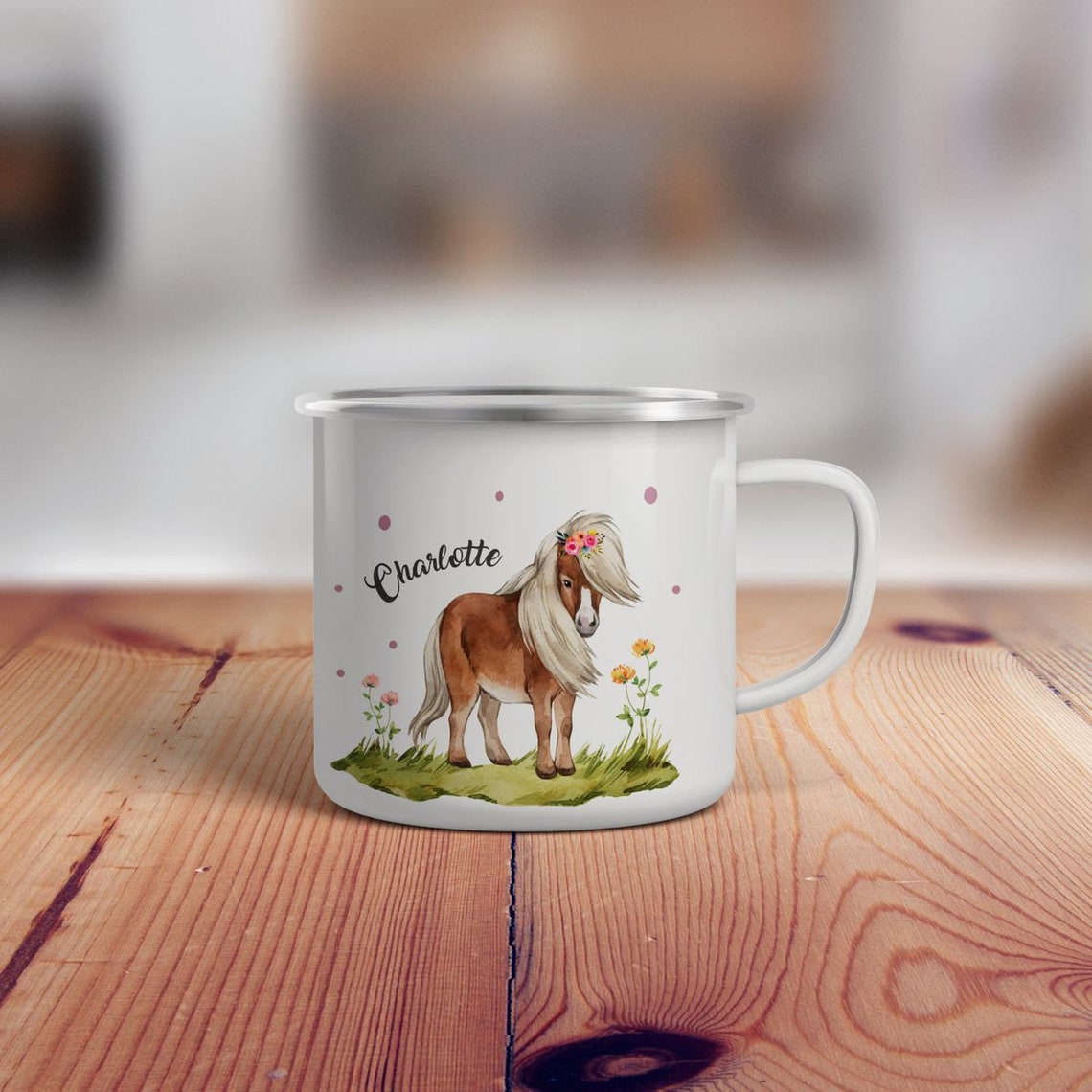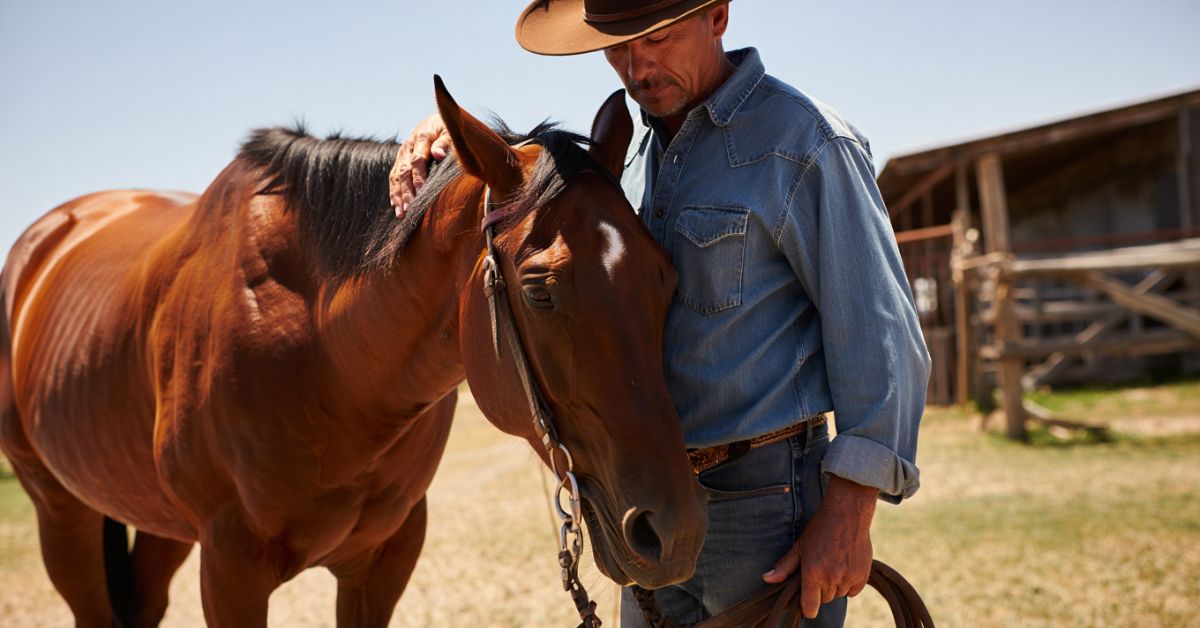
When Is It Too Hot to Ride a Horse? Essential Heat Safety Guide for Riders
When is it too hot to ride a horse? The golden rule states that when the combined temperature (in Fahrenheit) and humidity percentage exceed 150, it's dangerously hot for riding. For example, if it's 95°F with 60% humidity, that's 155—too risky. At this threshold, equine heat stress becomes a serious concern, and even light exercise can lead to heat exhaustion in horses or worse, heat stroke. Your horse's ability to cool down becomes severely compromised, especially in high humidity when evaporative cooling through sweating becomes ineffective.
Understanding critical temperature thresholds isn't just about numbers—it's about protecting your four-legged partner from potentially fatal conditions. Horse thermoregulation works differently than ours; horses generate massive amounts of metabolic heat production during exercise, sometimes producing heat ten times faster than they can dissipate it. This makes equestrian safety in hot weather absolutely crucial for every rider who genuinely cares about their mount's wellbeing.
CHAPTER 1 - Understanding the Heat Index and Critical Temperature Thresholds
The 150 Rule: Your First Line of Defense
The equestrian community has long relied on the simple but effective formula: temperature + humidity = heat index for horses. When this calculation exceeds 150, you're entering the danger zone. But let's break this down with real examples that make sense.
Say it's a beautiful June morning in 2024, and your thermometer reads 85°F. You check your weather app—humidity is at 70%. That's 155 total. Cancel that trail ride. Your horse's sweating patterns won't be enough to cool them down efficiently.
Why Humidity Matters More Than You Think
Here's something many riders don't realize: a horse can handle 100°F in dry desert conditions better than 85°F in humid Florida weather. Why? Evaporative cooling requires moisture to evaporate from your horse's skin. When the air is already saturated with moisture, sweat just sits there, doing nothing. It's like trying to dry off with a wet towel.
The Wet Bulb Globe Temperature (WBGT) takes this into account more accurately than simple temperature readings. This measurement considers humidity, sun angle, cloud cover, and wind speed. Professional equestrian facilities and competitions increasingly use WBGT monitors for rider awareness and safety protocols.
Temperature Danger Zones Explained
Let's get specific about temperature ranges:
-
Below 130 combined: Generally safe for fit horses with proper hydration management
-
130-150 combined: Moderate risk—reduce intensity and duration significantly
-
150-180 combined: High risk—only light walking if absolutely necessary
-
Above 180 combined: Extreme danger—no riding, period
Research from the University of Kentucky Equine Science department in 2023 showed that horses exercising when the heat index exceeds 150 showed elevated rectal temperature readings that persisted for over two hours post-exercise, even with active cooling measures.
Special Considerations for Your Horse's Individual Risk
Not all horses face equal risk in hot weather. Dark-colored horses absorb more solar radiation—a black horse can have a surface temperature 20°F higher than a gray horse standing beside them. Unfit horses lacking an acclimatization period are at dramatically higher risk, as are overweight horses who carry extra insulation.
At Dream Horse, we understand that celebrating your horse's unique beauty matters year-round. Our equestrian jewelry collection lets you express your style even when the heat keeps you out of the saddle—because being a horse lover doesn't stop when riding does! 💎
CHAPTER 2 - Recognizing Heat Stress and Heat Exhaustion Warning Signs 🚨
Early Warning Signs You Cannot Ignore
Recognizing heat stroke early can literally save your horse's life. The progression from mild heat stress to life-threatening heat exhaustion in horses happens faster than most people realize—sometimes in under 30 minutes of exercise in dangerous conditions.
Watch for these critical signs of distress:
Physical Indicators:
-
Excessive, profuse sweating that seems abnormal 💧
-
Conversely, complete cessation of sweating (anhidrosis)—extremely dangerous
-
Rapid, shallow breathing with flared nostrils
-
Respiratory rate above 120 breaths per minute
-
Elevated heart rate recovery taking longer than 10 minutes post-exercise
-
Rectal temperature above 103°F (normal is 99-101°F)
-
Capillary refill time exceeding 3 seconds (press gum, release, count seconds until pink returns)
Behavioral Red Flags:
-
Lethargy, stumbling, or unwillingness to move
-
Depression or unusual quietness
-
Refusal to drink water despite obvious dehydration
-
Disorientation or seeming "drunk"
-
Muscle tremors or twitching
"The welfare of the horse should be above the ambitions of the rider," said Olympic equestrian Isabell Werth, and nowhere is this more applicable than in hot weather riding decisions.
The Dangerous Progression
Understanding how equine heat stress escalates helps you intervene early:
-
Mild Heat Stress: Increased sweating, slightly elevated temperature (102-103°F), quick recovery
-
Moderate Heat Exhaustion: Profuse sweating or decreased sweating, temperature 103-105°F, prolonged recovery time, dehydration signs evident
-
Severe Heat Stroke: Temperature above 105°F, possible seizures, collapse, organ failure risk—immediate veterinary emergency
The Sweat Test
Here's a practical tip for recognizing heat stroke development: run your hand along your horse's neck and shoulder. In normal hot-weather exercise, sweat should be watery and flowing. If it becomes thick, foamy, and sticky like lather, or if previously sweaty areas suddenly go dry, you're witnessing dangerous thermoregulation failure.
A 2022 study published in the Equine Veterinary Journal found that horses showing abnormal sweating patterns had a 73% higher risk of developing serious complications from heat exposure.
Hydration Assessment
Dehydration signs in horses include:
-
Skin tenting (pinch skin on neck—if it doesn't snap back in under 2 seconds, dehydration exists)
-
Dry, tacky gums instead of moist, shiny ones
-
Sunken eyes
-
Dark, concentrated urine
-
Reduced manure production
Professional riders know that water intake monitoring starts before you ride. A 1,000-pound horse needs 10-12 gallons daily in moderate weather, but this can double in hot conditions with exercise.
Show your dedication to horse welfare with Dream Horse's practical accessories collection—essential equipment that helps keep you and your horse prepared for every season. Express your individuality while prioritizing safety! 🎯
CHAPTER 3 - Smart Riding Strategies and Summer Safety Protocols
Timing Is Everything: Choosing Appropriate Riding Times
When summer heat makes midday riding dangerous, strategic scheduling becomes your best tool. Summer riding tips from experienced equestrians emphasize riding during the coolest parts of the day.
Optimal Riding Windows:
Early morning rides (5:00 AM - 9:00 AM) offer the coolest temperatures and lowest humidity index readings. The sun's angle provides less direct heat, and overnight cooling gives both you and your horse a temperature advantage. Many professional barns schedule all summer training before 10:00 AM for this exact reason.
Evening rides (after 7:00 PM) can work, but remember that ground and arena surfaces retain heat. A sand arena that felt comfortable at 8:00 AM might still be radiating 95°F+ heat at 8:00 PM, even if air temperature has dropped. This radiant heat contributes significantly to metabolic heat production during exercise.
Adjusting Exercise Intensity for Temperature
Exercise intensity must decrease as temperature rises—it's not optional. Think of it this way: if you usually have a 45-minute jumping schooling session at 75°F, that same workout at 88°F might need to become 20 minutes of light flatwork with multiple walk breaks.
Calculate your adjusted exercise plan: For every 10 degrees above 80°F, reduce workout intensity by roughly 30% and duration by 25%. So at 90°F, you're looking at less than half your normal training load.
The Acclimatization Factor
Horses need an acclimatization period just like human athletes. You can't move your horse from a cool climate to hot weather and immediately resume normal training. Research shows horses require 2-3 weeks of gradual exposure to adapt their sweating patterns and improve horse thermoregulation efficiency.
During May through early June 2023, veterinary clinics reported a 40% increase in heat-related emergencies—most involving horses whose owners didn't allow proper adjustment time when temperatures first spiked.
Special Considerations for Different Horse Types
Riding heavy horses in heat requires extra caution. Draft breeds and stocky horses have higher body mass relative to surface area, making heat dissipation more difficult. These horses often show signs of distress at lower thresholds than lighter breeds.
Dark-colored horses face additional challenges. That gorgeous black gelding absorbs significantly more solar radiation. Consider using sun protection like light-colored fly sheets during turnout, and prioritize shade access.
Unfit horses represent the highest risk category. An out-of-shape horse attempting work in heat is a medical emergency waiting to happen. If your horse has had time off, rebuilding fitness must happen during cooler months or in temperature-controlled environments.
Creating Safe Exercise Conditions
Transform your riding approach with these protective strategies:
Choose shaded trails over open fields whenever possible. Tree cover can reduce effective temperature by 10-15 degrees. If you must ride in open areas, stick to morning hours when sun angle is lowest.
Ensure proper ventilation in your barn, trailer, and riding areas. Stagnant air prevents evaporative cooling even if temperature seems manageable. Fans, open doors, and cross-breezes make dramatic differences.
Consider arena surface carefully—dark footing absorbs and retains more heat than light-colored sand or specialized cooling materials.
At Dream Horse, we celebrate riders who prioritize their horses' wellbeing. Browse our equestrian decoration collection to bring that passion into your home with sculptures and posters that honor the bond between horse and rider. Assert your individuality through pieces that reflect your values! 🏡✨
CHAPTER 4 - Cooling Protocols and Hydration Management
Immediate Cooling Techniques That Work
Cooling a horse down effectively requires understanding physiology. Cold water applied to specific body areas saves lives. Here's the science-backed approach:
Strategic Cooling Zones:
Focus on large blood vessels near the skin surface. The jugular groove (neck), between the hind legs, and the chest area provide maximum cooling benefit. Water applied here cools blood before it circulates through the body.
Scrape immediately after applying water. Water sitting on the coat actually insulates and traps heat. Apply cold water, scrape thoroughly, repeat. This creates genuine evaporative cooling instead of a warm water blanket.
Equine cooling blankets work through evaporative principles—but only if they're actually wet and you're scraping regularly. A 2024 study from Texas A&M showed that proper scraping technique reduced core temperature 60% faster than water application without scraping.
The Cold Water Myth Debunked
Old horsemen used to fear that cold water on a hot horse would cause muscle cramping or founder. Modern veterinary science has completely debunked this. You cannot cool a dangerously overheated horse too quickly with cold water. In heat emergencies, ice-cold water applied aggressively to major vessels is exactly what veterinarians recommend.
Hydration Before, During, and After
Hydration management begins long before you tack up. A horse heading into exercise already dehydrated faces exponentially higher heat stress risk.
Pre-Ride Hydration: Ensure unlimited access to cool water at least 2 hours before riding. Add salt to morning feed during hot months—this encourages drinking. A horse drinking well all morning has reserves for temperature regulation.
During Exercise: For rides exceeding 20 minutes in heat, offer water breaks. Yes, even during work. The old myth about not letting hot horses drink is dangerous nonsense. Small amounts of water during exercise actually aid cooling.
Post-Ride Recovery: Water intake monitoring becomes critical after hot-weather exercise. Horses should drink within 15 minutes of finishing work. If they don't, walk them in shade, offer small amounts repeatedly, and watch for dehydration signs.
Electrolyte Replenishment Science
Electrolyte replenishment isn't just about salt licks. Horses lose sodium, chloride, potassium, calcium, and magnesium through sweat. A heavily worked horse in heat can lose 10-15 liters of sweat in an hour—that's gallons of fluid and critical minerals.
Commercial electrolyte formulations designed for horses provide balanced replacement. Mix according to directions in feed or water. Many horses prefer electrolytes in grain rather than water, which some refuse if it tastes different.
Calculate needs: A horse sweating moderately needs about 60-90 grams of electrolytes daily during hot weather. Heavily sweating horses may need 120-180 grams. That's roughly 2-6 ounces depending on product concentration.
Monitoring Post-Ride Recovery
Heart rate recovery provides objective assessment of stress. A fit horse should return to 60-64 beats per minute within 10 minutes of exercise ending. If heart rate recovery takes longer than 15 minutes, the workload was excessive for conditions.
Check rectal temperature if you suspect problems. Normal post-exercise temperature might reach 102-103°F but should drop toward 100°F within 30-45 minutes with proper cooling. Temperature remaining above 103°F for over an hour post-exercise requires veterinary consultation.
"Prevention is always better than treatment," noted Dr. Michael Lindinger, an equine exercise physiologist whose research on horse thermoregulation has shaped modern understanding of heat stress.
Celebrate your commitment to horse care with pieces from our gift for horse lovers collection—jewelry and accessories that express your style while showing the world what truly matters to you. Because real horse lovers know that sometimes not riding is the best horsemanship decision! 💝
CHAPTER 5 - Transportation, Facilities, and Long-Term Heat Management
The Trailer Heat Trap
Transporting horses in heat creates one of the most dangerous environments possible. Trailers become ovens in summer sun, with interior temperatures easily reaching 20-30°F above outside air temperature. Add poor ventilation, and you have a recipe for disaster.
A trailer sitting in a parking lot at a show during July 2023 measured 137°F internally while outside temperature was 98°F. Any horse left tied in that trailer—even for "just a few minutes"—faces life-threatening equine heat stress.
Safe Trailer Management:
Park in shade whenever possible. If no shade exists, position the trailer to maximize airflow through windows and doors. Never leave horses tied in closed trailers. Install additional roof vents or fans—battery-powered options exist specifically for this purpose.
During transport, drive with windows open and maximize airflow. The movement of air across a horse creates critical evaporative cooling that can mean the difference between arriving safely and arriving in crisis.
Consider travel timing. Hauling at night or during early morning hours dramatically reduces heat load. If you must travel during hot hours, plan frequent stops for hydration management checks.
Barn and Facility Design Considerations
Ventilation in stables determines whether horses can cope with heat or suffer constantly. Stagnant air prevents horse thermoregulation no matter what other measures you take.
Optimal Barn Features:
Ridge vents at the roofline allow hot air to escape naturally. Cupolas or continuous ridge ventilation work better than solid roofs. Side ventilation through windows, dutch doors, or open walls creates cross-breezes that dramatically improve horse comfort.
Install fans strategically—not just for human comfort but positioned to move air through stalls and aisles. Calculate one fan per 10x10 stall space minimum for summer conditions.
Provide shade and shelter in turnout areas. Natural tree shade is ideal, but run-in sheds, shade cloth structures, or even strategically placed tarps give horses options to escape direct sun. Horses often won't use shelter unless it's actually cooler inside—ensure adequate airflow through any structures.
Hoof Care in Hot Weather
Hoof care in hot weather affects overall heat management. Hard, dry ground creates concussion that generates additional metabolic heat production in legs and hooves. Brittle, cracked hooves reduce a horse's willingness to move, potentially preventing them from seeking shade and shelter or water.
Maintain regular farrier schedules—every 6-8 weeks regardless of season. Consider hoof moisturizers or sealants to prevent excessive drying. Some horses benefit from hoof boots for ground protection during hot, dry periods.
Recognizing High-Risk Medical Situations
Certain medical conditions and situations dramatically increase heat vulnerability:
Anesthesia and heat create dangerous combinations. Horses recovering from surgery or sedation have impaired thermoregulation. These horses need climate-controlled environments during recovery—typically 68-75°F with good airflow. Schedule elective procedures for cooler months when possible.
Pregnant mares, senior horses, and those with metabolic conditions (like Cushing's disease or equine metabolic syndrome) have reduced heat tolerance. These horses need extra rider awareness regarding exercise limits and environmental management.
Planning Your Horse's Summer Strategy
Smart horsekeepers develop comprehensive summer management plans:
Training Modification Timeline:
-
When temperatures first exceed 85°F: Reduce workout intensity by 20%
-
Above 90°F: Cut training time by 30-40%, focus on light work only
-
Heat index above 150: Walking only or day off
-
Heat index above 170: No exercise, hand-grazing in shade only
Daily Schedule Adjustments: Shift barn chores to coolest hours. Turnout during night hours when possible. Bring horses in during peak heat (11 AM - 5 PM) if facilities allow.
Emergency Preparedness: Keep veterinarian contact information readily available. Maintain supplies for emergency cooling: hoses, buckets, scraper, ice packs, and electrolyte replenishment products. Know signs requiring immediate veterinary consultation.
Many professional barns in hot climates use air-conditioned "cool down rooms" where horses recovering from work can stand under fans with misters. While not everyone has these resources, understanding the principle helps—cooling must be active and intentional, not passive.
Assert your individuality as a thoughtful, educated horse owner. When friends question why you're not riding on a hot day, wear your passion proudly with Dream Horse's stunning equestrian jewelry that sparks conversations about responsible horsemanship! 🌟
Frequently Asked Questions on Riding Horses in Hot Weather
What temperature is too hot for horseback riding?
When is it too hot to ride a horse? The critical threshold is when temperature (°F) plus humidity percentage exceeds 150. For example, 90°F with 65% humidity equals 155—too dangerous for riding. Additionally, any temperature above 95°F poses serious risks regardless of humidity. Monitor both temperature and humidity index for accurate risk assessment.
Can horses die from heat exhaustion?
Yes, heat exhaustion in horses can absolutely be fatal. When equine heat stress progresses to heat stroke, organ failure becomes possible. Rectal temperature above 106°F creates life-threatening conditions. Without immediate veterinary intervention including aggressive cooling and IV fluids, horses can die within hours. This makes recognizing heat stroke early absolutely critical.
How do I know if my horse is overheating during a ride?
Watch for these signs of distress: excessive or suddenly ceased sweating, rapid breathing (over 120 breaths/minute), elevated heart rate recovery time, stumbling, lethargy, or unwillingness to move forward. Check capillary refill time and gum moisture. Any horse showing multiple symptoms needs immediate cooling and possible veterinary consultation.
What's the best way to cool down an overheated horse?
Cooling a horse down effectively requires cold water applied to major blood vessels (neck, chest, between hind legs), then immediately scraped off. Repeat this cycle continuously. Provide small amounts of water to drink. Move to shade with maximum airflow. Do NOT fear using ice-cold water—you cannot cool a dangerously hot horse too quickly. Equine cooling blankets work only if kept wet and regularly scraped.
Should I give my horse electrolytes in hot weather?
Yes, electrolyte replenishment is essential when horses sweat heavily. A working horse in heat can lose 10+ liters of sweat hourly, depleting critical minerals. Provide 60-180 grams of equine-specific electrolytes daily during hot weather, adjusted for work intensity. Always ensure access to cool water when giving electrolytes—never force-feed them without available water, as this can worsen dehydration signs.
Is it safe to ride in high humidity even if temperature isn't extreme?
High humidity is often more dangerous than high temperature because it prevents evaporative cooling. At 80°F with 90% humidity (heat index: 170), riding is extremely dangerous despite moderate temperature. Humidity prevents sweat from evaporating, eliminating your horse's primary cooling mechanism. Always calculate the combined heat index, not just temperature alone.
What time of day is safest for summer riding?
Appropriate riding times during summer are early morning (5-9 AM) or late evening (after 8 PM). Early morning provides coolest temperatures and lowest humidity index. Ground surfaces haven't yet absorbed heat. However, evening rides should account for radiant heat from surfaces—sand arenas may still be dangerously hot even when air temperature drops. When possible, choose shaded trails over open arenas.
Are certain horses more susceptible to heat stress?
Yes, several factors increase risk: Dark-colored horses absorb more solar radiation; unfit horses lack proper acclimatization; riding heavy horses in heat is riskier due to body mass-to-surface-area ratios; senior horses have reduced thermoregulation; horses with metabolic disorders (Cushing's, EMS) face elevated risk. These horses need modified exercise plans and enhanced monitoring.
Can I trailer my horse during hot weather?
Transporting horses in heat is extremely risky. Trailers become 20-30°F hotter than outside temperature with poor ventilation. Travel during coolest hours (night or early morning). Never leave horses tied in closed trailers. Ensure maximum airflow during transport. Plan frequent stops for hydration management checks. In extreme heat, consider postponing non-essential hauling entirely.
What should I do if I think my horse has heat stroke?
Immediately stop all activity. Begin aggressive cooling: apply cold/ice water to major blood vessels (jugular groove, chest, between hind legs), scrape continuously, repeat. Move to maximum shade and airflow. Offer small amounts of water. Call your veterinarian immediately—heat exhaustion in horses requires professional care. Continue cooling efforts while waiting for vet arrival. Time is critical; every minute counts in preventing organ damage.
Final Thoughts 💭
Understanding when is it too hot to ride a horse isn't about being overly cautious—it's about being a responsible horse owner who prioritizes your partner's wellbeing over convenience or ambition. The 150 rule, combined with awareness of equine heat stress symptoms and proper cooling techniques, gives you the tools to make smart decisions.
Remember that horse thermoregulation differs fundamentally from human cooling mechanisms. Trust the science, monitor conditions carefully, and don't hesitate to skip rides when critical temperature thresholds are exceeded. Your horse depends on you to make these judgment calls.
At Dream Horse, we believe that genuine horsemanship means knowing when not to ride. Express your style and assert your individuality through our collections of equestrian jewelry, decoration, and practical accessories that celebrate the horse-human bond every single day—rain or shine, riding or not. Because being a horse lover isn't about what you do in the saddle; it's about how you honor these magnificent animals in every choice you make. 🐴❤️
